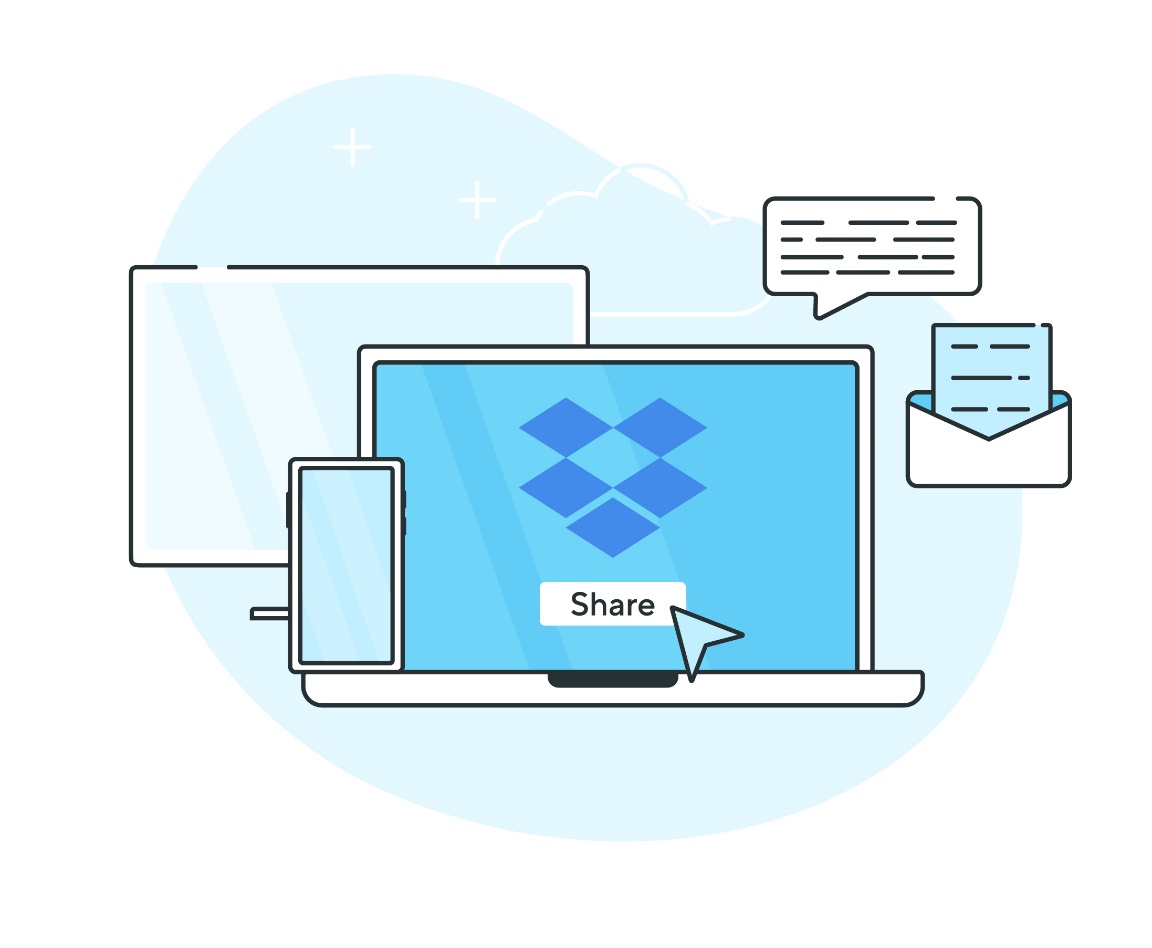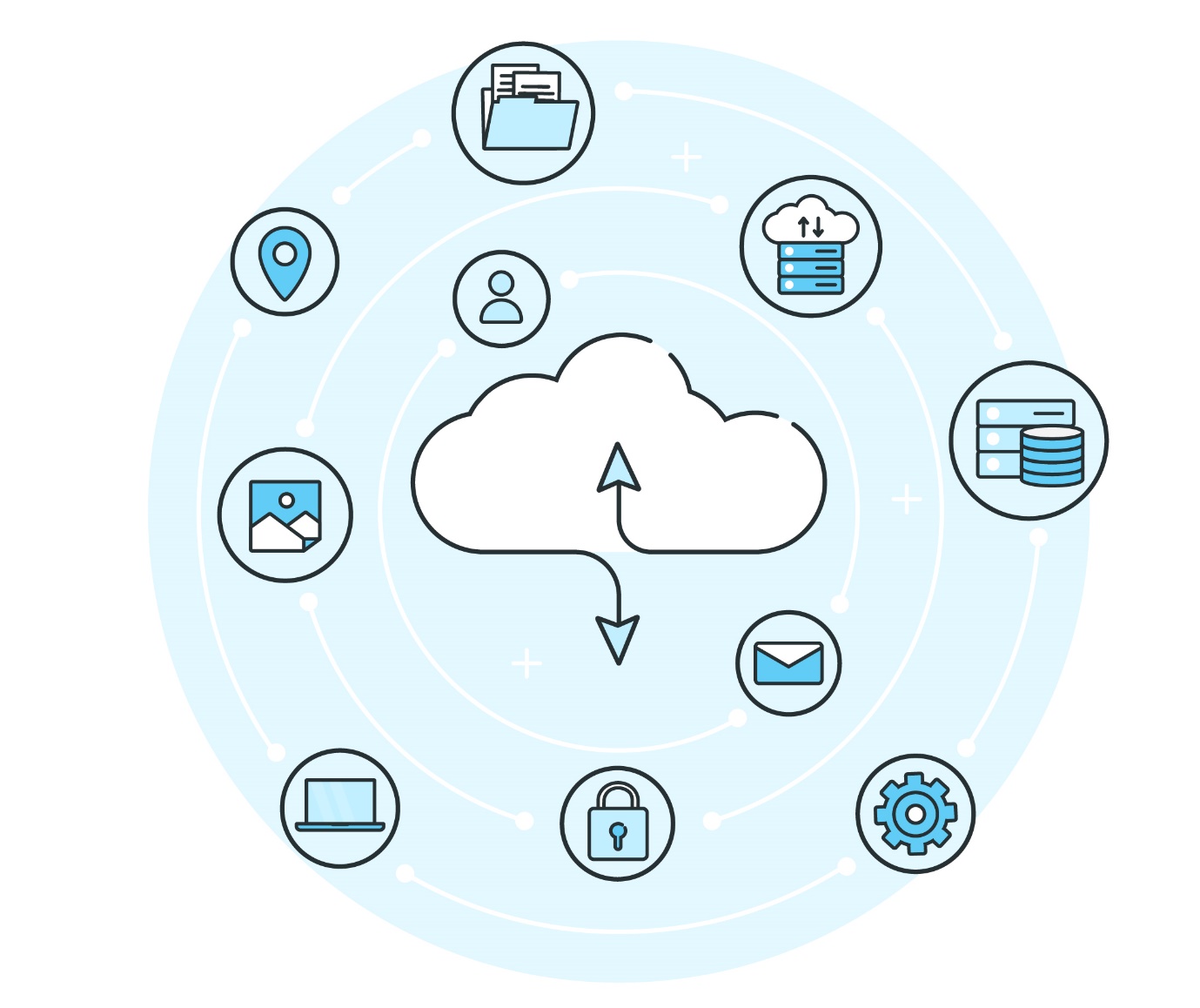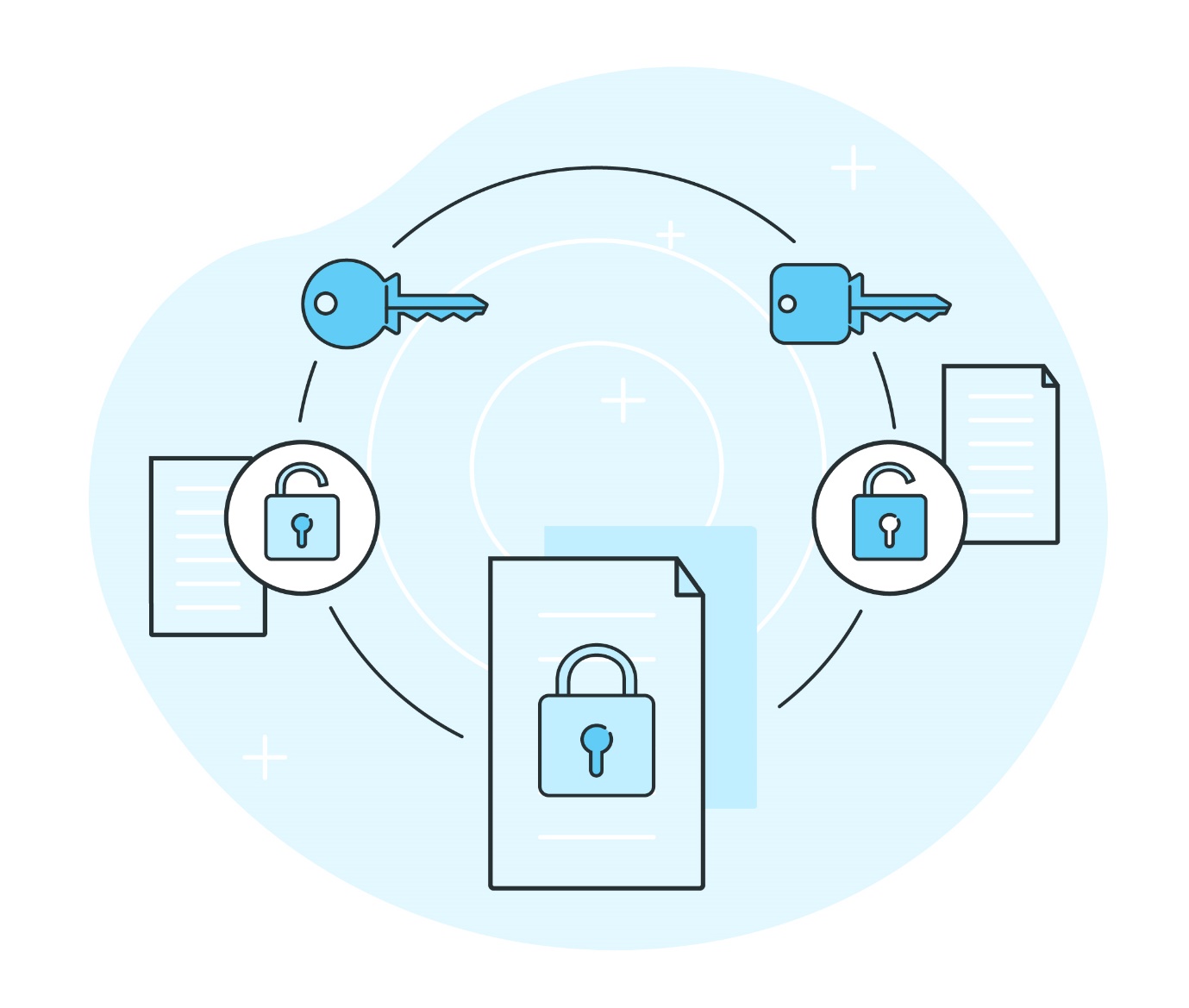
Data sharing is an extremely useful tool in our daily lives. The security of shared files and sensitive data has become a major technological issue in recent years, especially since the hacking of several seemingly impregnable storage services has exposed a large amount of information valuable to millions of people worldwide.
However, one major issue that is frequently overlooked when sharing files is the security of the transfer medium. There are numerous media available for file transfer these days. However, not all of them are secure and can protect your files from intruders, spies, or thieves. Here is the compiled list of secure file transfer media.
Peer to Peer (P2P) Communication
Peer-to-peer (P2P) file transfer is the process of transferring digital data from one device to another. This method can be used to share virtually any type of digital media, making it useful in a variety of situations. Both users must install P2P software or use software with a P2P function in order to conduct a P2P transfer.
P2P is an excellent way to securely share files among a small group of people, but it is unsafe for big groups.

Near Field Communication
Near Field Communication (NFC), like Infrared and Bluetooth, enables free file transmission. It was initially used to make payments using contactless smart cards. To secure file transfers, NFC employs advanced encryption and special processors. But It can only work over short distances of 10-20 cm. It has very low data transfer rates of around 106, 212, or 424 Kbps. Adoption of NFC-enabled devices by businesses is prohibitively expensive.
PGP and GPG
When transferring data, one of the best ways to protect it is to use public-key cryptography programmes. Programs that use public key cryptography, GPG, and PGP to securely transfer files, helps avoid the hassle of sending a person an encrypted file’s password by encrypting files with a ‘public’ key and decrypting them with a ‘private key.’ While your private key remains on your computer, anyone can use your public key to transfer files. Setting this up may be difficult if you are not technically savvy. It is not user-friendly, which is the main disadvantage of PGP Encryption. Using PGP Encryption to encrypt a message takes time and effort, complicating the user’s message sending.
Dropbox
Dropbox is one of the most widely used file-sharing services for securing the transfer of confidential or sensitive data. Dropbox users can generate a download link by clicking the ‘Share’ button next to a folder or file to allow others to download it. When you want to share large files or files that are too large to send via email, using Dropbox to transfer data securely is the best option.Only those who have the download link can access the data on Dropbox.
Unfortunately, Dropbox does not provide users with cutting-edge search technology. The lack of metadata search functionality is the most disappointing feature. Metadata is data about a file that includes information such as the date it was created. The ability to store large amounts of data and files is critical for a cloud storage system.

Email & Data Encryption
Encrypting the data you’re sending is one of the simplest and most effective ways to protect your transfer. There are numerous encryption products available to protect your data from cyber attacks. Many vendors now provide a variety of products that can encrypt emails and ensure secure data transfer. The receiver can use the same encryption method as well.
If the password or key is lost, the user will be unable to access the encrypted file. Using simpler keys in data encryption, on the other hand, renders the data insecure and allows anyone to access it at random.
Website Encryption
This method of data security is intended for businesses that collect sensitive customer information through their website. This is especially true for ecommerce businesses that use cardholder data from customers to conduct online transactions. To secure data entered on a website, it is common practice to use a Secure Sockets Layer (SSL) for encryption, which allows secure data transfer over the website. While it is impossible to completely eliminate security risks, you can greatly reduce the risk of data breach.
HyperText Transfer Protocol (HTTP)
HTTP is commonly used to send hypertext files between a web server and a browser. HTTP’s default settings prevent it from performing data encryption or user authentication. To ensure the security of information transmission, HTTP must be encrypted, which is accomplished through the use of Transport Layer Security, or TLS. Important issue that arises during an HTTP connection is privacy. If a hacker manages to intercept the request, they will be able to view all of the content on the web page. Aside from that, they can obtain sensitive information such as the username and password.
FTP & SFTP
Using a File Transfer Protocol (FTP) means copying files from one host to another. FTP will allow you to transfer data only if you type in the correct username and password, ensuring you’re the one who does that. When it comes to Secure File Transfer Protocol (SFTP), it’s a type of SSH extension that requires you to use a server to gain access to it.
Most FTP and SFTP solutions integrate it into the file explorer to make the process easier. Consider password-protecting the files stored on the server before uploading them. This is significant because although the connection is encrypted, the files on the server are not. Consider using a data transfer converter in addition to password-protecting the files on the server.
Off The Record Messaging (OTR)
Off the Record (OTR) messaging is a messaging platform feature. Some messaging programmes let you install the Off the Record (OTR) tool, which encrypts emails before transferring them from one computer to another. This ensures that your message is secure before it reaches the recipient. It is also a good idea to use the security codes that come with this solution to increase the security of your files. If you want to ensure that your data transfer is always secure, OTR is a simple and excellent feature but Off-the-Record Messaging (ORM) is a protocol for encrypting Instant Messaging (IM) conversations.
Cloud Services
A cloud service is also an excellent way to securely store and share files. A user can upload the file to a central repository, where other users can read or save it to their device. The data is hosted on the cloud by a third party, but you can set the receiver’s permission level to read-only, download, or edit. A user can only view your files if you give them a link to view or edit them. To boost your cloud security Certain steps can be taken to help improve the security of that data.
Cloud providers and their customers must share responsibility for security. The majority of cloud computing security concerns revolve around cloud data security. Whether it’s a lack of visibility into data, an inability to control data, or data theft in the cloud, the majority of problems stem from the data that customers store in the cloud.

Dastafilez
Dastafilez employs a two-level asymmetrical encryption key system to ensure that only data room members have access to unencrypted documents. Dastafilez, an innovative virtual data room, provides one-of-a-kind solutions to ensure the privacy and security of classified information through multi-factor authentication, end-to-end encryption, and advanced authorization modules. It is essentially a platform with controlled access management that allows you to securely share any important information or documents.
Why Dastafilez?
Dastafilez, as a cloud-based data room platform, provides a slew of innovative features that undoubtedly serve as unique selling points for the subject application. Unlike other communication applications, Dastafilez uses true end-to-end encryption, which means that encryption is not an optional feature, but is implemented across the board for all relevant information records and subsequent sharing. Dastafilez stands out as a strong contender in the domain of secure communication platforms when combined with the features of Zero-Knowledge Architecture and Immutable audit trails.

Zero-Knowledge Architecture
Dastafilez, which is based on data rights management, employs the zero-knowledge architecture; an innovative multi-level asymmetrical cryptography to ensure that only authorised members have access to the documents. Before being shared over an insecure channel, all documents and classified data are encrypted. Because of the framework’s encrypted nature, passwords and stored information are not visible to even system architects and network administrators. Dastafilez, as a cloud-based platform, also provides a backup security plan; if the protocols are breached, hackers will be unable to read the encrypted data or decrypt the master password. It certainly functions as an impenetrable storage vault.
Immutable Audit Trail
Because cyber threats evolve in terms of complexity and scope on a daily basis, most cybersecurity and risk management frameworks include a “audit trail” of every user activity. These audit trails are typically stored in relational databases, which, due to their technical architecture, can be easily modified, resulting in a lack of trust among the operating entities. Dastafilez provides its clients with the option of storing the audit trail on a blockchain, which is supplemented by an immutable audit trail; “timestamp” truly provides visibility into what happened, when, and how.The immutable ledger of transaction records can be retrieved based on the needs of the businesses.
Conclusion
These days, businesses understand how critical it is to obtain online protection. As security breaches and data hacking cases increase on a daily basis, it’s critical to use some or all of these secure methods when transferring data from one location to another to ensure your online safety. You can use a single method to secure your transfer, but if you want to ensure that the files you send are completely secure, you should combine some of them. This will add an extra layer of security, ensuring that hackers cannot intercept your message. What’s more, when it comes to securing your data transfer, you don’t have to be a cyber geek to do it. You simply need to understand how to use specific tools effectively.
